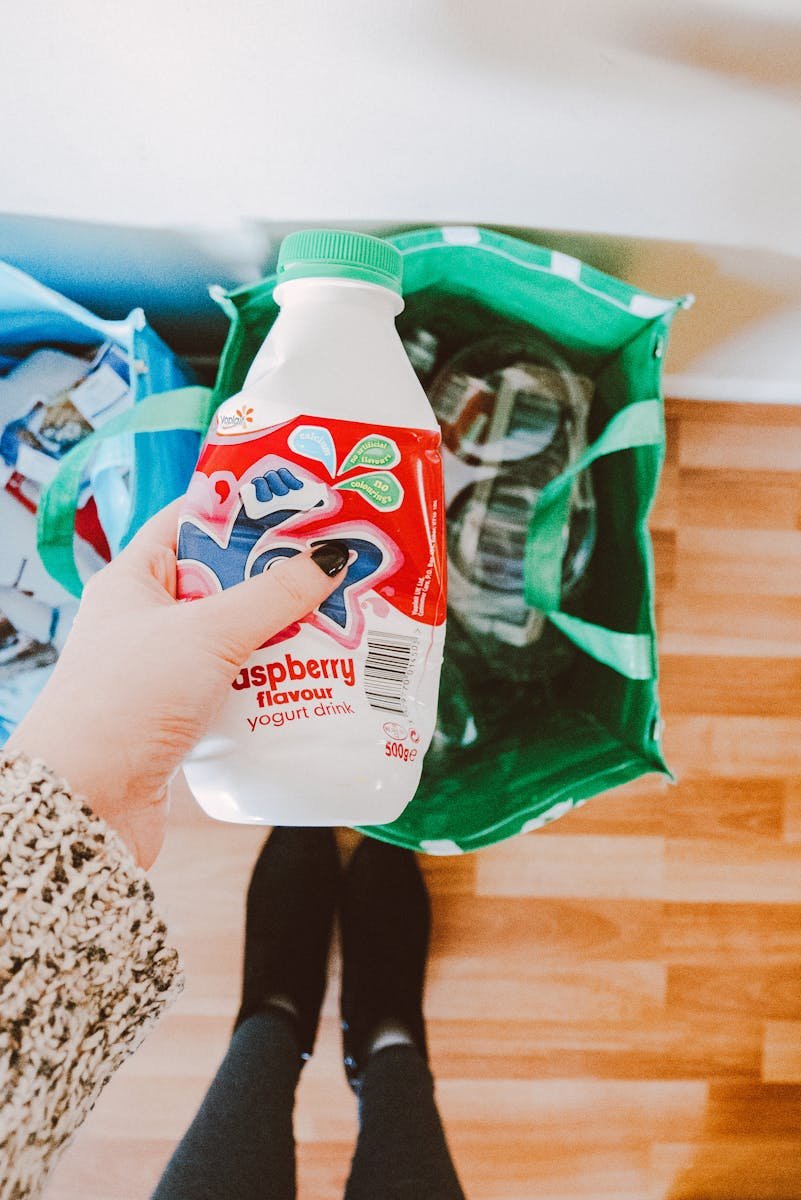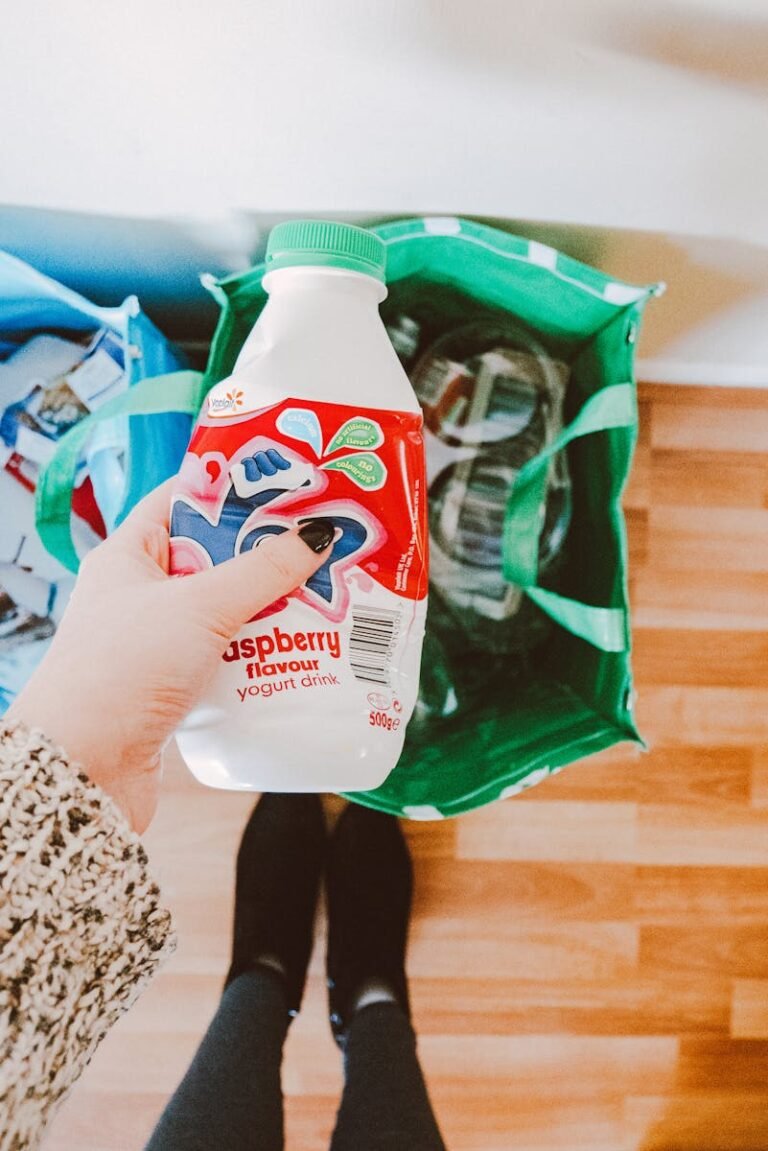Physical Address
304 North Cardinal St.
Dorchester Center, MA 02124
Physical Address
304 North Cardinal St.
Dorchester Center, MA 02124


In a world where sustainability is becoming increasingly essential, recycling remains one of the easiest and most impactful actions individuals can take to reduce waste and conserve resources. Despite its importance, recycling is often misunderstood, and many people recycle incorrectly without realizing it. This comprehensive guide will teach you how to recycle properly at home, empowering you to make a meaningful difference for the planet.
Recycling plays a vital role in reducing waste, conserving natural resources, and lowering greenhouse gas emissions. According to the Environmental Protection Agency (EPA), recycling aluminum cans saves up to 95% of the energy required to produce new cans from raw materials. Similarly, recycling one ton of paper conserves approximately 17 trees, 7,000 gallons of water, and enough energy to power an average household for six months.
By diverting waste from landfills and contributing to a circular economy, where materials are reused rather than discarded, recycling reduces environmental damage and promotes sustainability. However, achieving these benefits depends on proper recycling practices. Contamination and misinformation can hinder the recycling process, so it’s essential to understand the dos and don’ts of recycling.
Even with the best intentions, many people unknowingly make recycling mistakes that reduce its effectiveness. Here are some of the most common errors and how to avoid them:
Recycling Contaminated Items
Food and grease residue can ruin entire batches of recyclables. Items like greasy pizza boxes or unwashed jars should not be included in your recycling bin. Always rinse containers and check for cleanliness before recycling.
Wish-Cycling
“Wish-cycling” refers to tossing non-recyclable items into the bin with the hope they will be recycled. This practice can cause significant issues for recycling facilities. For example, plastic bags and flexible plastics often jam recycling machinery and should be taken to designated drop-off locations instead.
Ignoring Local Guidelines
Recycling rules vary depending on your location. A material that is recyclable in one city may not be in another. Always research your local recycling program to ensure compliance and avoid adding items that are not accepted in your area.
Misinterpreting Recycling Symbols
Not all plastics are recyclable. Look for the recycling triangle symbol on plastics, which often includes a number to indicate the type of plastic. For instance, #1 (PET) and #2 (HDPE) plastics are widely accepted, while other types may require specialized facilities.
Recycling Mixed Materials
Items made of mixed materials, such as paper envelopes with plastic windows or coffee cups with plastic linings, are often non-recyclable. If possible, separate the components or dispose of the entire item in the trash.
A well-organized home recycling system makes it easier to recycle correctly and encourages participation from everyone in the household. Follow these steps to create a system that works for you:
Designate Recycling Stations
Place clearly labeled bins for paper, plastics, metals, and glass in convenient locations around your home, such as the kitchen, garage, or laundry room. Consider using color-coded bins to make sorting simple and intuitive.
Establish a Cleaning Routine
Set up a station near your sink to rinse recyclable items before adding them to the bin. For example, you can rinse food containers or glass jars while washing dishes.
Research Local Recycling Rules
Every municipality has its own guidelines for recycling. Research what materials are accepted in your area, and post a list of approved items near your recycling bins for easy reference.
Encourage Family Involvement
Teach your family members or housemates about proper recycling practices. Make it a shared responsibility by assigning roles, such as monitoring the bins or ensuring items are rinsed properly.
Some materials require special handling or alternative recycling methods. Here are tips for managing items that don’t belong in your curbside bin:
Plastic Bags and Flexible Plastics
Plastic bags, bubble wrap, and other flexible plastics often require special facilities. Many grocery stores have collection bins for these items.
Electronics and Batteries
Electronic waste, such as old cell phones or batteries, should never be thrown in the trash or regular recycling bins. Look for e-waste recycling programs or designated drop-off locations in your area.
Light Bulbs and Hazardous Materials
Compact fluorescent bulbs (CFLs) and other hazardous items should be disposed of through specialized recycling programs. Contact your local waste management facility for options.
Clothing and Textiles
Donating used clothing and textiles to local charities or resale shops is often the most sustainable option. Items that are too damaged to be reused can sometimes be recycled through textile recycling programs.
Food Waste
Composting is an excellent way to recycle food scraps and reduce landfill waste. If you don’t have space for a compost bin, consider checking if your city offers a composting service.
While recycling is essential, reducing waste in the first place has an even greater environmental impact. Consider adopting these waste-reduction habits to complement your recycling efforts:
Opt for Reusable Items
Replace single-use items with reusable alternatives, such as cloth shopping bags, stainless steel water bottles, and beeswax wraps. These swaps significantly reduce your reliance on disposable products.
Buy in Bulk
Purchasing in bulk reduces packaging waste. Bring your own containers when shopping at bulk stores, or choose products with minimal packaging.
Repair Instead of Replace
Before discarding broken items, try to repair them. Whether it’s a pair of shoes, an electronic device, or furniture, repairing extends the life of products and prevents waste.
Plan Meals to Reduce Food Waste
Proper meal planning prevents over-purchasing and ensures food doesn’t go to waste. Freeze leftovers or repurpose them into new dishes.
Educate Yourself and Others
Understanding how products are made and disposed of empowers you to make more sustainable choices. Share what you learn with friends and family to encourage a collective effort.
Meet Sarah, a mother of three from New York who transformed her household’s recycling habits. After realizing her family’s recycling bin was filled with non-recyclable items like greasy takeout boxes and plastic bags, Sarah decided to make a change. She created a recycling station in her kitchen with clearly labeled bins, taught her children how to clean recyclables, and began composting food scraps. Within a month, her household’s waste reduced by 40%, and Sarah’s children became active participants in sustainable living.
Have you evaluated your recycling habits lately? Start by assessing what goes into your recycling bin and identifying areas for improvement. Share your favorite recycling tips with others to spread awareness and inspire action. Together, we can reduce waste, conserve resources, and create a cleaner planet.
What steps will you take to recycle better today? Let us know your favorite tips or challenges in the comments below. Your input could inspire someone else to make a positive change.